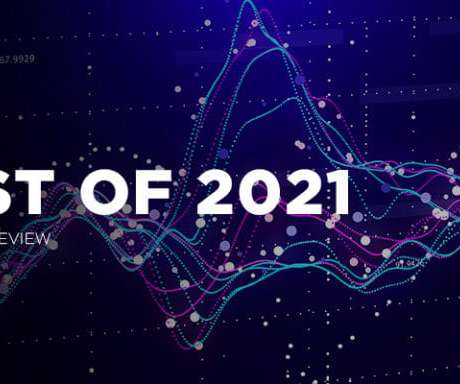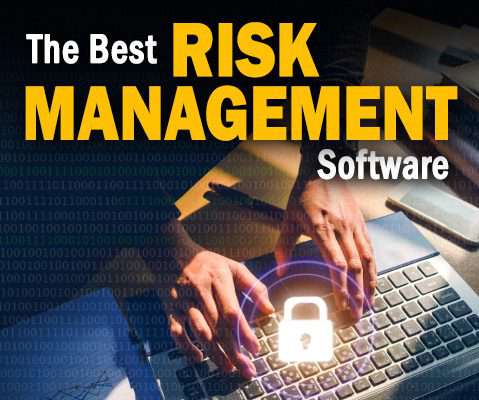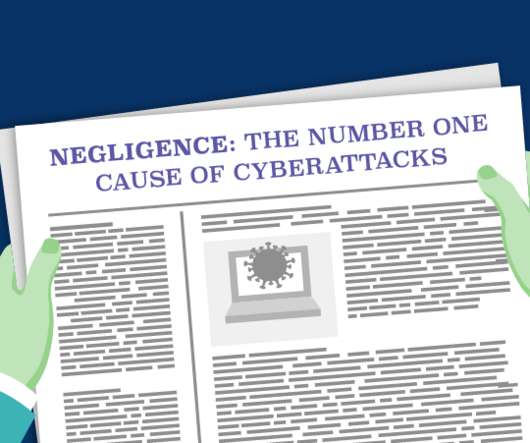TSPs: Making the Case to Invest in Risk and Resiliency
Fusion Risk Management
SEPTEMBER 12, 2022
Many of our own customers have said that having a “tone at the top” from leadership is critical to get their business team’s buy-in, as no one really wants to take a time out to work on their continuity plans or risk mitigation strategy. Ability to Procure Cyber Insurance. Contractual Obligations.




























Let's personalize your content